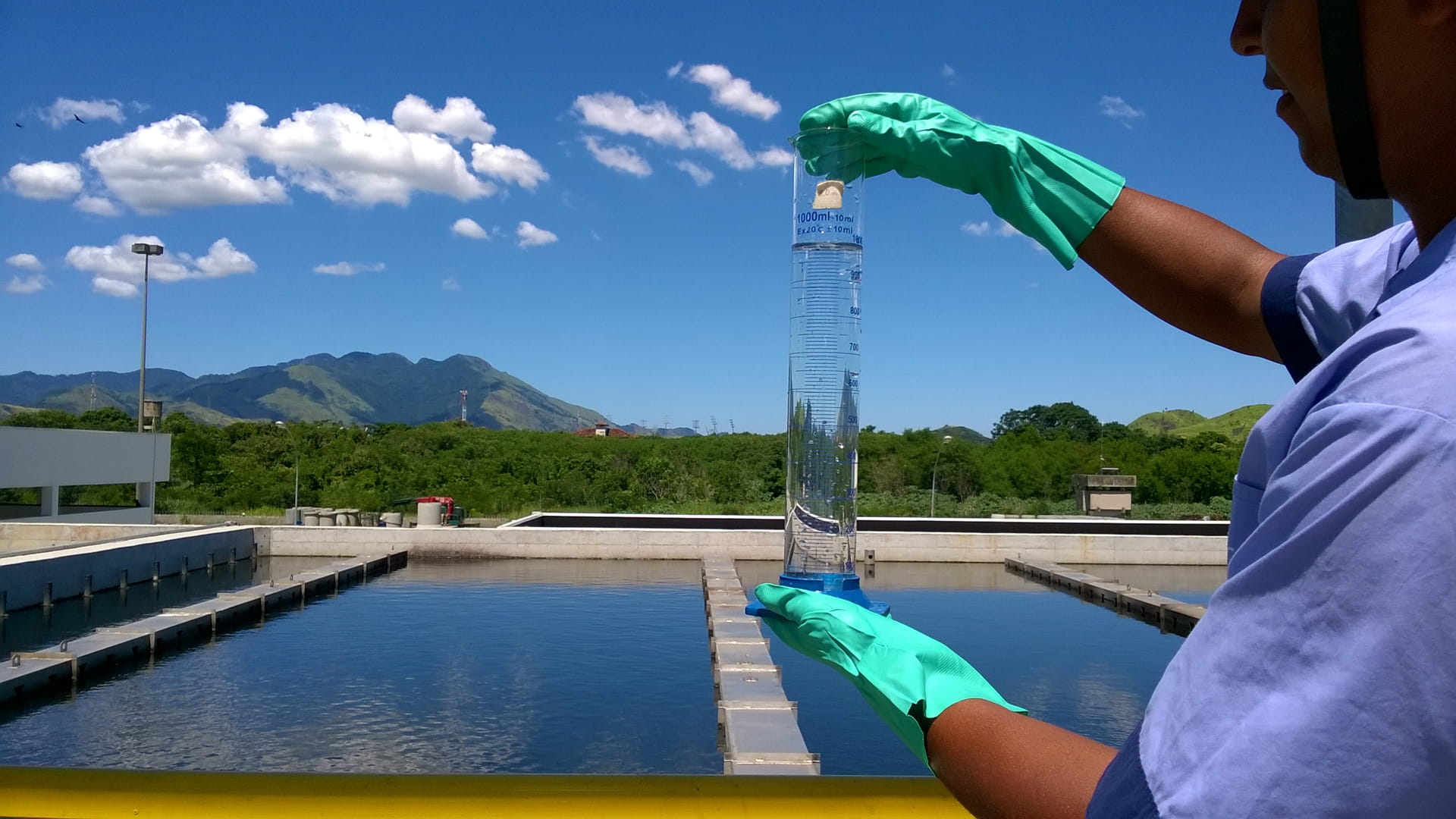Nereda®: Robust sludge for more resilient wastewater treatment

Our client’s wastewater treatment plant (WwTP) is situated downstream from an industrial area. The plant’s operators had previously installed a side stream Nereda installation to alleviate the burden on its activated sludge plant (ASP) from a challenging influent containing fats, oils, grease, and detergents.
At 9 pm on August 24th, 2023, sewer monitoring picked up an extreme pollution from the industrial area that lasted for over 6 hours. The WwTP was about to experience an extreme pH event with the potential to reduce effluent quality, cause non-compliance, and add operational costs to remedy. So, how would its two sludge systems cope?
The timeline of an effective pollution response
24/08/23
At 10 pm, the acidic pollution reached the WwTP. Monitoring at the site’s inlet detected a sudden, dramatic drop in pH.
By 11:30 pm, the pH measured in the Nereda and ASP feed was dropping rapidly.
25/08/23
Overnight, the Nereda and ASP feed’s pH had dropped to 2 and upon arriving at site, operators could still see clear signs of pollution upstream in the site inlet, and primary settlement tanks.
The pH of the Nereda and ASP reactors had eventually reached as low as 4.4, nitrification had ceased, and effluent turbidity from the WwTP was elevated. But despite exposure to the strongly acidic conditions, it was clear that most of Nereda’s granular sludge remained intact while the flocculant biomass in the ASP reactor and clarifiers was severely degraded and could not be expected to to recover.
At 9:30 am, operators diverted the Nereda feed to prevent further decrease in pH until influent composition returned to normal. Low-intensity pulse aeration and sodium bicarbonate addition were then used to stabilise and increase the reactors pH.
Once the pH in the reactors was above 5, the Nereda sludge immediately resumed nitrification, and operators restarted the feed at 5 pm, less than eight hours after being taken offline.
26/08/23
The Nereda installations was back to receiving normal flow by 7:15 am and was fully compliant by 9 pm, 48 hours after the pollution event. But the ASP operation still needed to be recovered.
With the Nereda sludge now showing high levels of nitrification, operators removed damaged sludge from the ASP and reseeded it with surplus sludge from the Nereda.
30/08/23
Just a few days after the extreme drop in pH, the ASP had clear settling tanks, nitrification, and nearly compliant effluent. By using the Nereda surplus sludge, its operators had achieved this without importing activated sludge from another site, which would have added cost and delays.
Nereda: Enabling wastewater treatment resilience
Nereda’s robust, granular sludge withstood the low pH event, enabling operators to resume treatment more quickly. Once its performance had recovered, operators could use Nereda to reseed the more heavily affected ASP.
Nereda is just one of the technologies from Haskoning that can help make your wastewater treatment plant more resilient. To find out more, contact one of our water tech experts today.